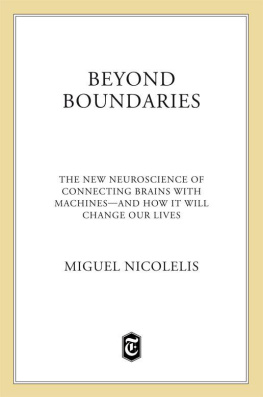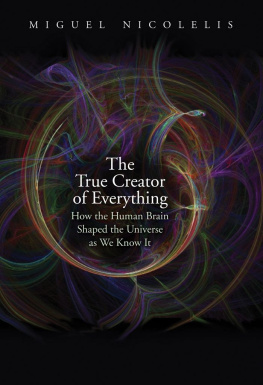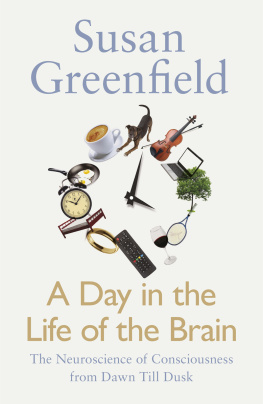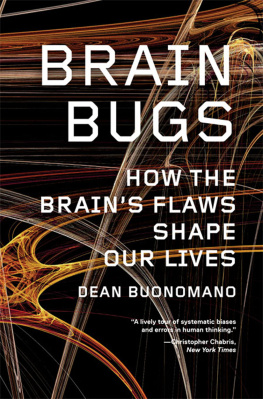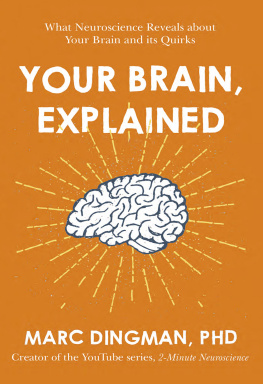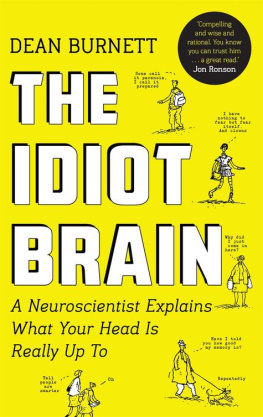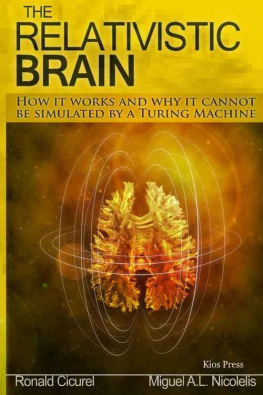
To Giselda and ngelo,
For a lifetime of unconditional love
Be not the slave of your own past. Plunge into the sublime seas, dive deep and swim far, so you shall come back with self-respect, with new power, with an advanced experience that shall explain and overlook the old.
Ralph Waldo Emerson
CONTENTS
PROLOGUE: JUST FOLLOW THE MUSIC
As the first violin arpeggios emerged from the marble walls of the ample hall and capriciously ventured down the stairs from the second floor to the main entrance of the deserted medical school building, I could not help but feel disoriented by the total absurdity of the situation. After all, no medical student would be prepared to find himself listening to a concerto in the middle of the night while taking a quick break from one of the busiest hospital emergency rooms in the world. Yet, my initial uneasiness was soon replaced by music that breathed a whole new life, full of hope and adventure, into a soggy tropical summer evening. Perhaps that is why, even though those arpeggios seduced my brain nearly a quarter of a century ago, I can still vividly recall how the stunning beauty of the melody, not the otherwise meaningless individual notes, composed an earnest collective plea that beckoned me to follow the siren music. I swiftly bounded up the stairs and mutely walked through a thin corridor to find myself standing at the entrance to the auditorium where the Vorspiel, the overture of Wagners Parsifal , was remorselessly playing. Unable to resist, I followed the music and entered the auditorium.
How disappointing it felt, then, when I realized that, except for an elderly, well-dressed gentleman who was busily working, apparently trying to fix a worn-out faulty projector that had mangled one too many of his slides over the years, the auditorium, with all its chandeliers blazing, was completely empty. Built in the late 1920s, each of the classroom auditoriums at the University of So Paulo medical school was a model of elegant economy. At the front, a tidy, boxlike stage demarcated the space from which professors lectured. A heavy wood table, a sturdy chair, and a long, well-worn sliding blackboard completed the humble teachers domain. The student seating was stacked into steep, straight rows, allowing backbenchers inhabiting the last rowincluding meto live well beyond the catedraticos authoritative stare during the unending lectures.
By now, the old manhis close-cropped white hair matching his pristine lab coatwas startled by the sound as I opened the door to the lecture hall. Yet he turned to me to reveal his effortless Mediterranean smile. Without giving up his struggle with the projector, he waved his left hand almost as if we had known each other for years. On the lecturers desk I saw, to my dismay, the evidence that clearly incriminated that unsuspicious gentleman with that nights musical recital: a turntable, two expensive-looking loudspeakers, and the covers of a few records by the Berlin Philharmonic.
Come in. Welcome. We have wine and cheese. I am having some difficulties with the projector tonight, but we will be ready to start in a moment. By the way, my name is Professor Csar Timo-Iaria. I am the teacher of this course.
He had barely finished the sentence when a loud metallic pinging resounded from the slide projector and light spilled onto the lecture halls screen. Without waiting for my reply, he swiftly changed position to stand behind the projector, looking very much like a battle-proofed admiral on his ships bridge. After dimming the chandeliers and waiting for the second track of the record to start playing, he began clicking through his slides with a joy that I had only seen and experienced as a child while playing soccer in the narrow streets of my old neighborhood. Sitting there alone in the dark, lullabied by Tannhusers singing, which echoed around the entire auditorium while images wholly unrelated to the typical medical curriculum were glancing off the screen, I felt both provoked and enticed like in no other lecture I had attended before in my life.
But what course are you teaching? I asked.
Introduction to Physiology, Professor Timo-Iaria replied, without looking at me.
Just to be sure, I looked at the screen again. Like all medical students, I had taken the mandatory introduction to physiology course a few years earlier and, as far as I could tell, none of the images I was seeing matched what I had been taught then.
How come? I insisted.
How come what, son? he rebutted, still not looking at me.
How could this be introduction to physiology? Your slides, they are all about, I mean, you are showing only
Yes? He looked amused by my discomfort, as if he had seen this happen many times before. Go ahead. Tell me what is so surprising to you.
The music, the images, an old man lecturing in the middle of the night in a vast and empty auditorium. Nothing made any sense. Half-perplexed and mildly irritated, I finally let him have it.
Stars, galaxies, those are the images you are showing. Look, now there is a radio telescope on the screen. What is this? How could this be an introduction to physiology?
Well, this was the beginning. It all started there, from the big bang to brains in just about fifteen billion years. Quite a voyage, wasnt it? I will explain what I mean.
Through an endless visual parade of mindless shining spiral galaxies, budding star clusters, playful nebulas, rebellious comets, and exploding supernovas, all tendered by music that seemed to have been composed by universal gods, I watched Dr. Timo-Iarias slide-by-slide depiction of the epic that led to the emergence of the human mind. Planets were formed. Most remained bare, lifeless lands. But on at least one, an interesting experiment led to the emergence, a few billion years ago, of the biochemical and genetic mechanisms for sustaining and replicating life. And life blossomed, struggled to survive, and, always full of hope and aspirations, started to evolve through many utterly unpredictable and tenuous roads.
Next, I saw images of the first hominid couples walking, side by side, millions of years ago in the middle of an African night in what today is Ethiopias Afar Desert. And then, at the very moment when Wagners Tannhuser was at last granted freedom from the Venusberg by rejecting immortality for the simple reward of experiencing what it is to be human, I shared the instant in which those early ancestors first looked at the infinite bright sky above them, full of awe and fear, while a raging electrical storm crisscrossed their brains searching for answers to the questions that still torment us today. I realized that by looking timidly but curiously to the sky, those first men and women launched a long and noble relay race that since has united us all in the search for the fundamental explanations of our existence, our consciousness, and the meaning of all that surrounds us. The symbolic birth of science could not have been better chronicled. Clearly, the seasoned admiral on the bridge knew very well how to steer his ship.
The dying notes of Tannhusers Pilgrims Chorus announced the final slide, which, after being projected on the screen, lingered there as both of us remained in solemn silence. The slide showed a side view of a human brain. After a couple of minutes, Dr. Timo-Iaria turned on the lights, came down from his station by the projector, and walked calmly toward the auditorium door. Before leaving the room, he turned as if to say good-bye. Instead, he said: This is the first lecture of the introduction to human physiology course. But I forgot to mention that I also teach an advanced course on neurophysiology. The first class is tomorrow night. I strongly advise you to take that class, too.
Next page
